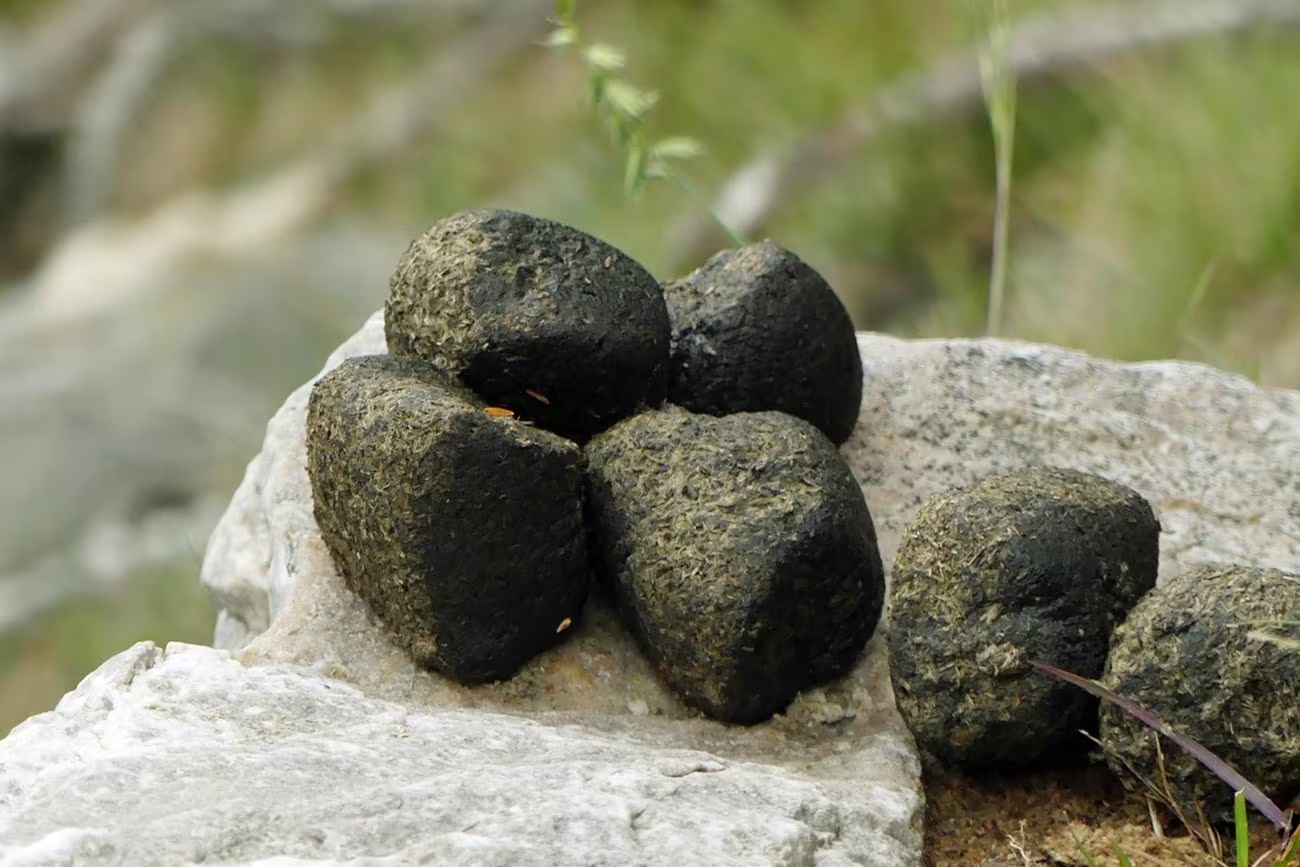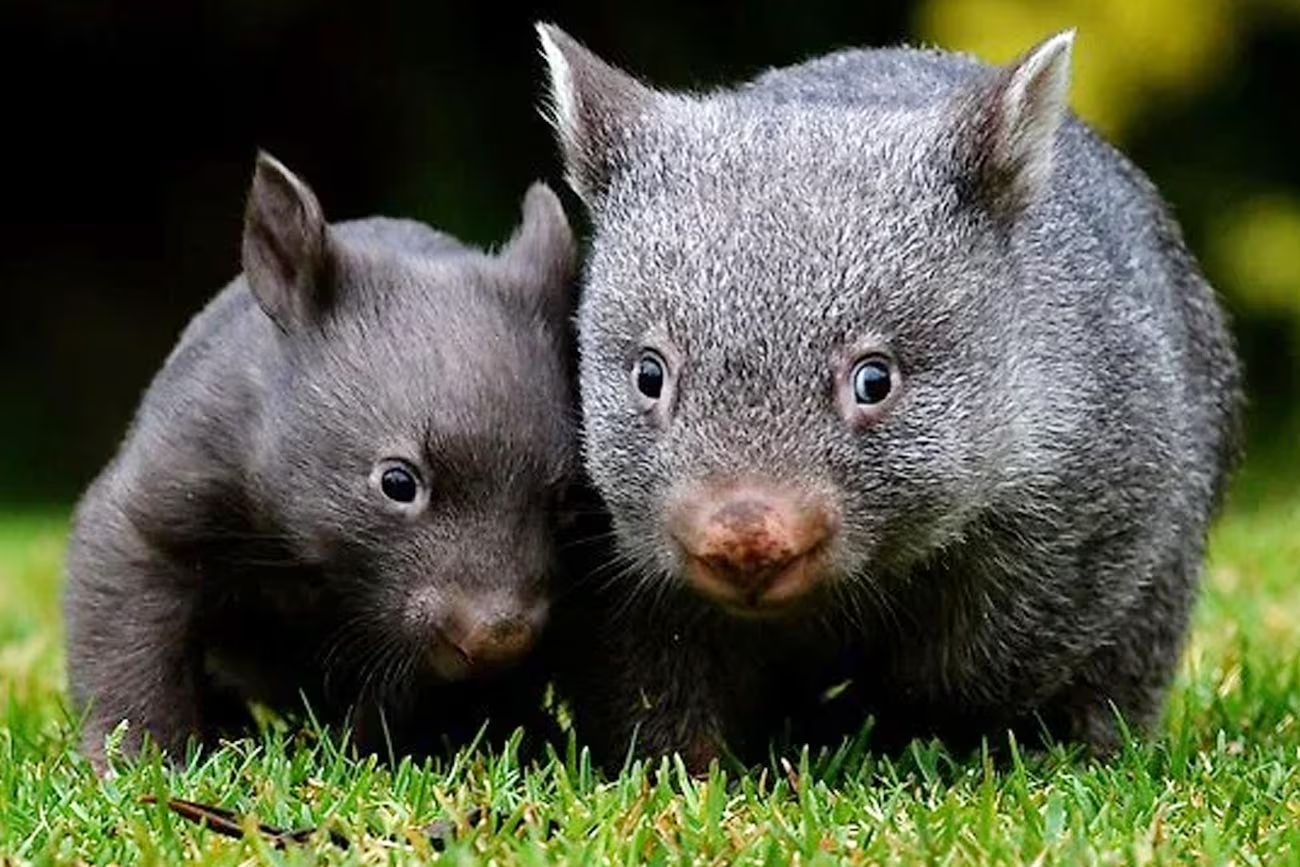In this article, we'll explore the biology, curiosities, and conservation challenges of the Wombat, always valuing its invaluable role in the balance of natural ecosystems. If your interest is to deeply understand wild animals and learn how we can contribute to their preservation, this reading will be full of surprising and inspiring information.
What is a Wombat?
The Wombat is a marsupial native to Australia, recognized for its robust structure and nocturnal habits. With a compact and muscular body adapted for life in varied environments, Wombats are true architects of nature. They dig extensive burrows that not only serve as shelter but also help regulate the ecosystem, contributing to soil fertility and the dynamics of the landscapes they inhabit.
Physical and biological characteristics
Among the unique features that make the Wombat special, we can highlight:
- Compact and muscular body: Adapted for digging and moving through difficult terrain, its robust body is the hallmark of this species.
- Thick and soft fur: Essential for protection against the region's harsh climate variations, the fur ensures thermal comfort in both heat and cold.
- Powerful jaws: Used for chewing fibrous vegetation, the Wombat's diet consists mainly of grasses, roots, and other forms of native vegetation.
- Slow metabolism: An adaptation that allows survival in environments where food supply may be irregular, giving the animal admirable energy efficiency.
Natural habitat
Wombats inhabit rural and forested areas of Australia, often found in terrains where nature appears most primal and untouched. The burrows dug by these animals function as true sanctuaries, providing a safe and regulated environment for their survival. Preserving these habitats is crucial as they represent the foundation for reproduction and maintenance of these very special marsupials.
Surprising facts about the Wombat
The uniqueness of the Wombat isn't limited to its appearance or nocturnal habits. Various curiosities enrich its profile and reveal the complexity of one of Australia's most intriguing animals.
Impressive bone structure
One of the most notable adaptations of Wombats is their extremely dense skeletal structure, which provides natural protection against predators and impacts during intense digging. This bone density is an evolutionary response to the challenges posed by the hostile environments they inhabit, ensuring the physical integrity needed for an active and challenging life.
Nocturnal and territorial behavior
Wombats are mostly nocturnal animals. This characteristic allows them to move and carry out their activities with less risk of encountering predators and during milder temperatures. Additionally, the territorial behavior of these marsupials ensures each individual has exclusive space, facilitating sustainable use of available natural resources.
Subtle communication
Although often considered solitary, Wombats maintain subtle forms of communication. Through soft vocalizations and discreet physical behaviors, they establish territories and interact with others of their species. This silent communication is fundamental for maintaining social order among marsupials in the vastness of natural habitats.

Square poop: a unique phenomenon
One of the most surprising and curious facts about the Wombat is undoubtedly the peculiar shape of its excrement – the square poop. This characteristic has attracted the attention of scientists and nature enthusiasts worldwide.
Why is Wombat poop square?
This unique shape isn't accidental. Research suggests the square geometry helps the poop remain stable on inclined terrain, which is crucial for Wombats since they use their feces to mark territory. When deposited in strategic locations, the square feces are less likely to roll, ensuring better fixation to the ground and aiding in territorial communication. This phenomenon, unique to Wombats, is a true example of how evolution can produce surprising solutions to everyday challenges in nature.
The uniqueness of square poop reinforces the importance of preserving these animals and their habitats, as every detail of their biology has a specific function in ecosystem balance. The geometrically peculiar excrement isn't just a curiosity, but one of many signs of Wombats' incredible adaptability to their environmental reality.
Life rhythm and survival strategies
The Wombat's life cycle reflects the need to adapt to an extremely challenging environment. With longer gestation and gradual growth, these marsupials demonstrate how nature balances reproduction and survival investment, ensuring each individual develops safely and is ready to face wilderness challenges.
Why is the Wombat so special?
The importance of the Wombat goes beyond its striking appearance and unique behaviors. This marsupial plays a crucial role in maintaining Australian ecosystems, representing a vital link in the biodiversity chain.
Symbol of Australian wildlife richness
The Wombat is one of many emblems of biodiversity in the Australian continent. This country, with its isolated evolutionary history, hosts species found nowhere else in the world, and the Wombat is a fundamental piece of this natural mosaic. Knowing and preserving these animals means recognizing the importance of keeping intact the unique ecosystems that harbor incomparable biological wealth.
Inspiration for environmental conservation
The challenges faced by Wombats, such as habitat fragmentation and climate change impacts, exemplify the urgent need for conservation efforts. The existence of these wild animals is a constant reminder that every component of nature has intrinsic value and that human actions can compromise delicate ecosystem balances. Wombat preservation is a call to environmental responsibility and the search for sustainable solutions to protect wildlife.
A link between past and present
The Wombat, with its unique biology and surprising adaptations – like square poop – connects us with an evolutionary past full of mysteries. This animal reveals how life adapts in extraordinary ways and invites us to reflect on the complexity of the evolutionary process. Every detail of the Wombat, from its physical structure to specific behaviors, is a piece of the puzzle that forms Earth's history of life.

Conservation challenges and how to help
Despite their ecological importance, Wombats face threats that endanger their survival. Pressure on their natural habitats and rapid climate changes require concrete actions to ensure preservation of these marsupials.
Habitat loss and fragmentation
Urban expansion, agricultural intensification, and environmental degradation have significantly reduced areas where Wombats can live freely. Conversion of forests and native vegetation areas to urban uses compromises not only marsupial space but also the natural dynamics that sustain many other organisms. Protecting Wombat habitats is essential for preserving the entire ecological balance.
Climate change impacts
Sudden temperature variations and extreme events caused by climate change affect food availability and the safety of Wombat burrows. These animals' continuous adaptation to increasingly challenging conditions highlights the need for global and local actions to mitigate global warming effects and ensure a viable future for at-risk species.
Conservation efforts
Various conservation initiatives have been implemented to protect Wombats and their habitats:
- Creation and maintenance of preservation areas: Establishing nature reserves is essential to guarantee safe spaces for wildlife where Wombats can continue playing their ecological role.
- Monitoring and research programs: Continuous tracking of Wombat populations allows risk identification and development of effective intervention strategies.
- Environmental education and awareness: Informing the public about Wombat importance and the challenges they face is fundamental to mobilize society around environmental conservation.
How you can help
You can contribute to Wombat preservation by adopting simple but transformative attitudes:
- Support conservation projects: Learn about NGOs and environmental initiatives working directly to protect Australian natural habitats and do your part.
- Share knowledge: Spread information about Wombats and the importance of conserving ecosystems. Every share helps expand nature's protection network.
- Conscious consumption: Value products and companies committed to sustainable practices that collaborate with environmental preservation.
- Civic engagement: Participate in events and actions focused on environmental preservation, pressuring authorities and representatives to adopt policies protecting wildlife.
Tips for valuing wildlife and conservation
Protecting Wombats also means valuing wildlife in its fullness and understanding these animals belong to a vast, interconnected ecosystem. For those interested in contributing to nature preservation, here are some fundamental tips:
Inform yourself with reliable sources
Before engaging in any action, it's essential to deepen your knowledge about Wombats and the environmental challenges they face. Seek reliable sources, scientific articles, and documentaries presenting updated, well-founded data, providing a complete view of this species and its role in Australian biodiversity.
Participate in local initiatives
Seek to participate in projects, lectures, and events focused on environmental preservation. Exchanging experiences and collaborating with experts can broaden your perspective on how to effectively contribute to Wombat and other wildlife conservation.
Support environmental education
Stimulate and participate in environmental education programs, whether in schools, communities, or through social media. Informing and raising awareness is one of the best ways to create a protection network for wildlife, ensuring more people understand the importance of preserving habitats and native animals.
Value nature in your daily life
Small gestures make a big difference. Adopt sustainable practices, reduce unnecessary consumption of natural resources, and encourage those around you to care for the environment. Every conscious action strengthens the fight to conserve ecosystems where Wombats and many other species live and thrive.
Understand that...
The Wombat is undoubtedly one of the most captivating and surprising animals that Australian nature provides. Its robust presence, unique behaviors, and especially the unique phenomenon of square poop reveal a fascinating chapter of evolutionary adaptation. Amid today's environmental challenges, the Wombat invites us to reflect on the importance of preserving every corner of the planet and valuing nature's diverse solutions.
This article was created to inspire, inform, and engage those interested in wildlife and conservation efforts. By better understanding Wombat challenges and particularities, you become part of a movement advocating environmental protection and valuing native species.
Share this content with friends, family, and everyone concerned about biodiversity's future. Leave your comment below and tell us what most sparked your curiosity about Wombats and their surprising details – especially the square poop phenomenon! Explore other content on our site and join us in the mission to preserve the richness of Australian ecosystems and the world.
Contribute to preservation! Every small gesture makes a difference, and together we can build a more harmonious future between nature and humanity.















Add comment